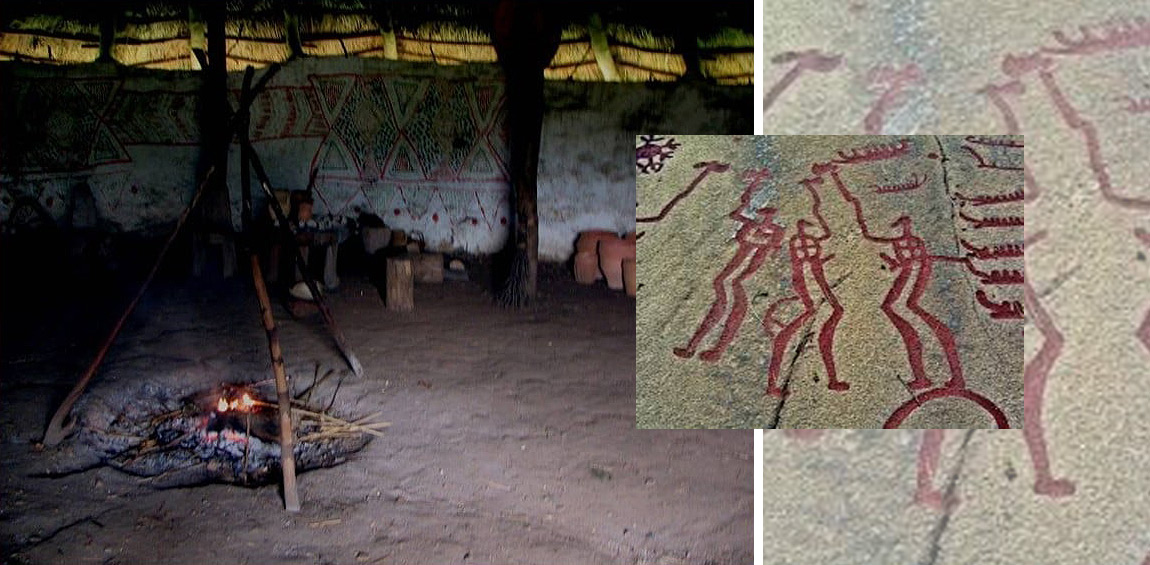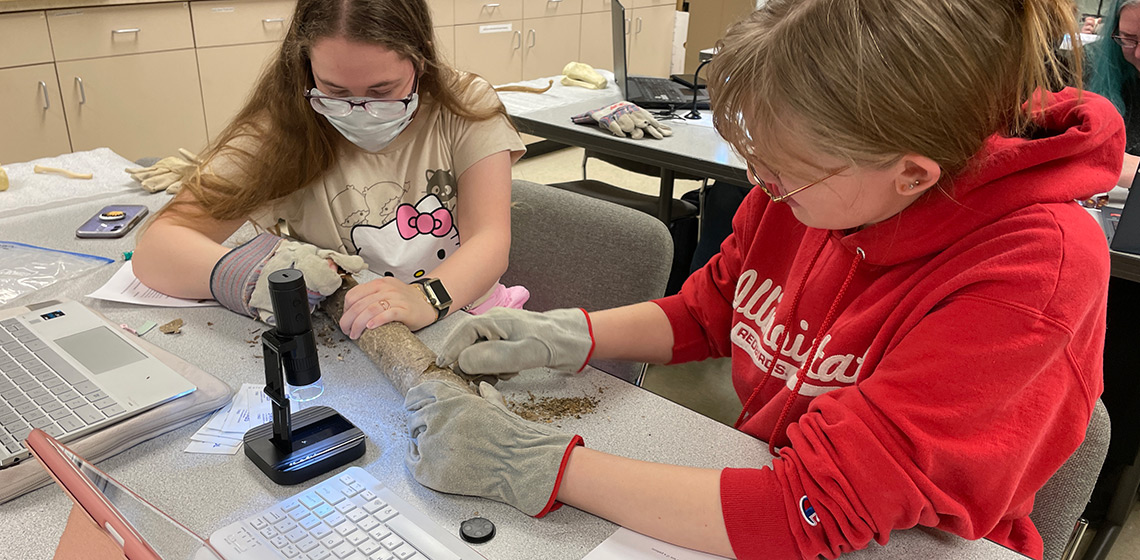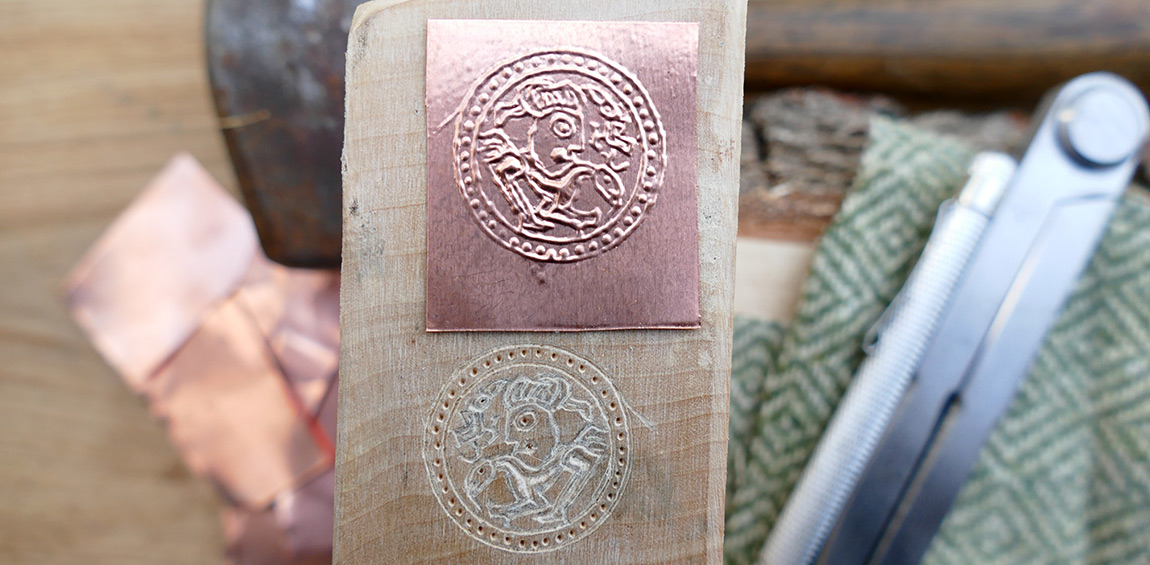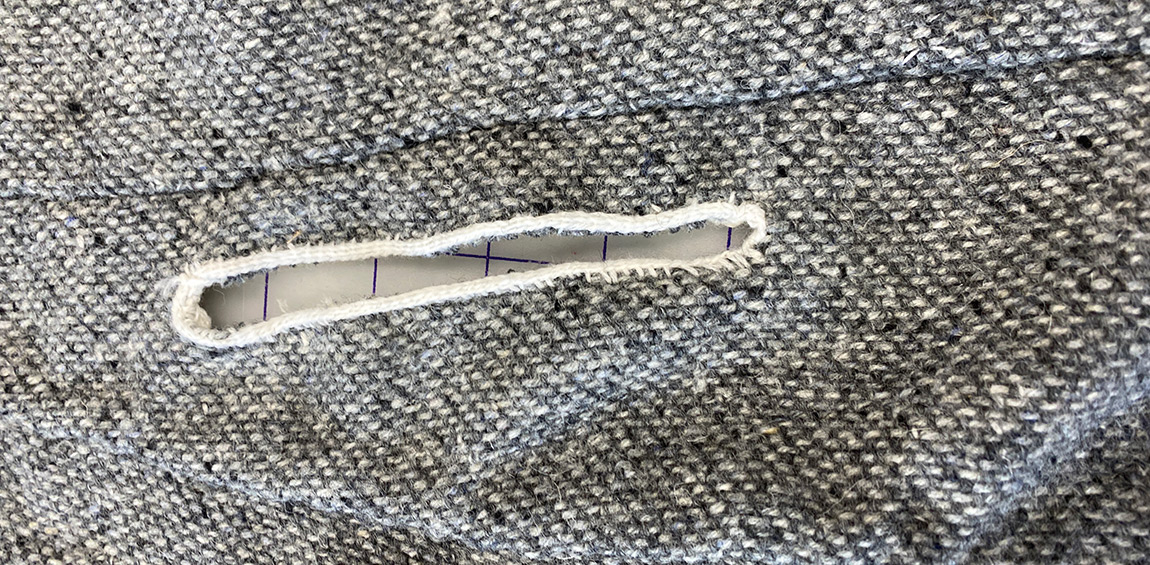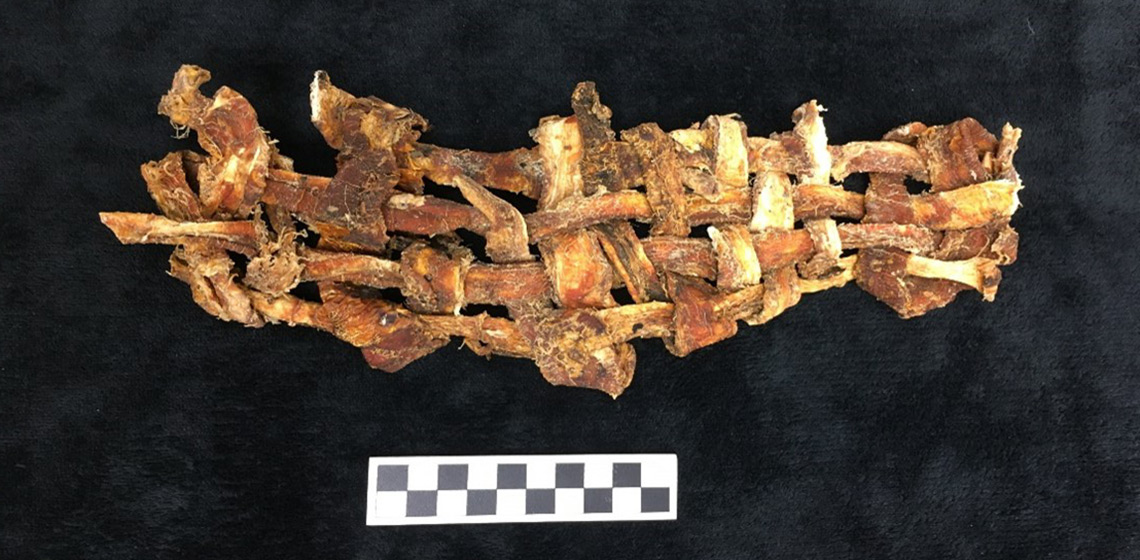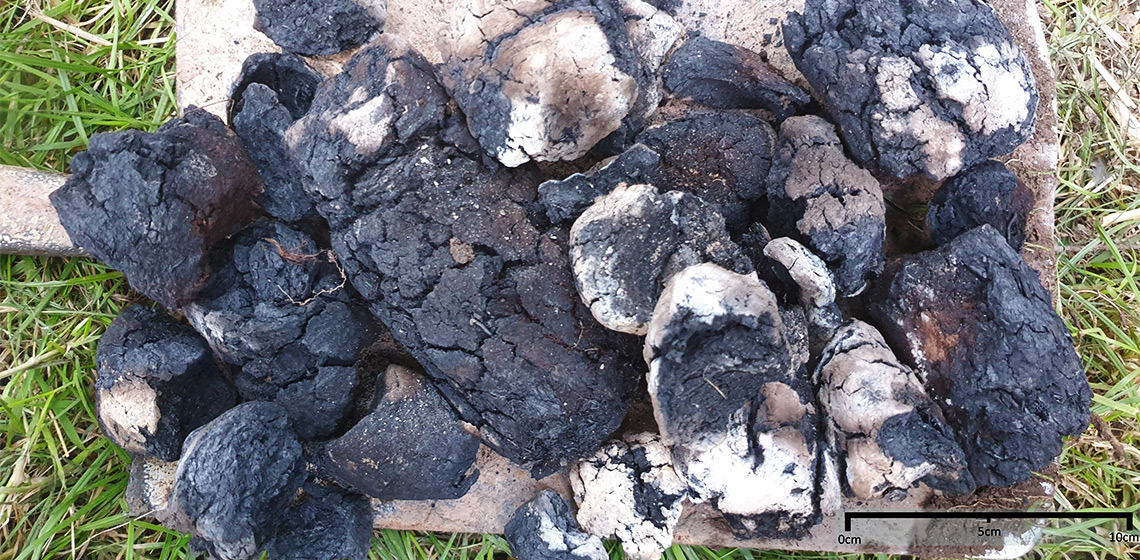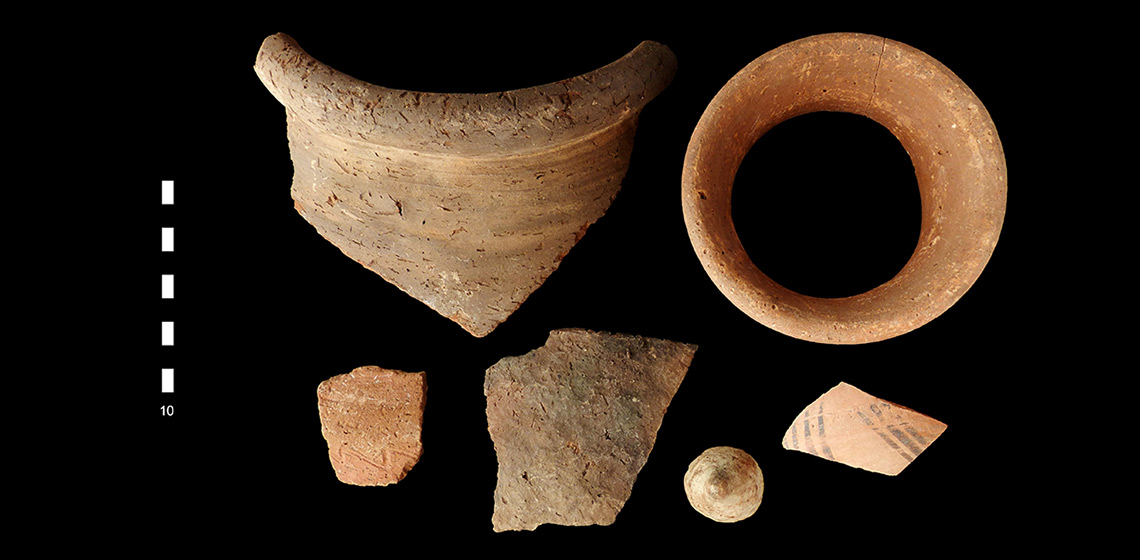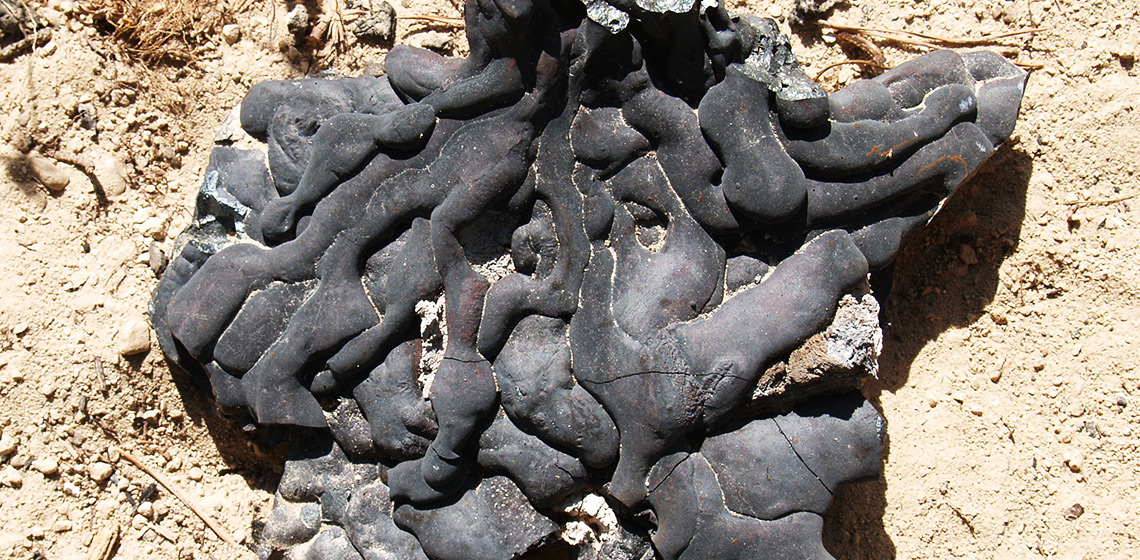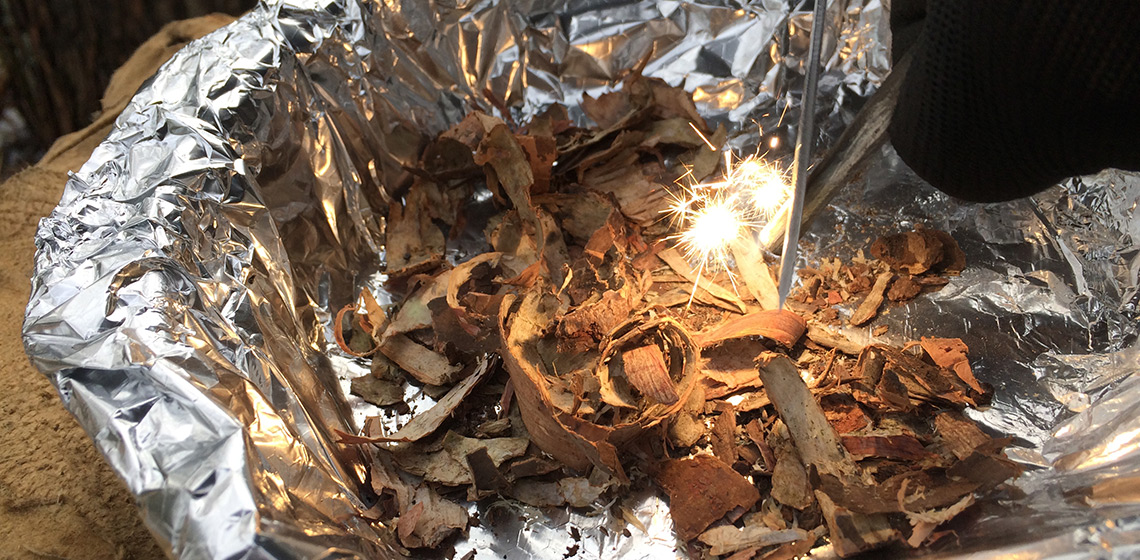methods & techniques
A Missing Link in the Chaîne Opératoire
Publication Date
How elitist attitudes shape archaeological interpretations. A curious misunderstanding arose while writing about Bronze Age metalworking hearths and smiths. I stated that no tools are found at metalworking sites after the work was completed as the tools and materials would have been taken away. The reader took the statement to infer that I was arguing for the idea that metalsmiths were itinerant, as described by Gordon Childe (Childe, 1940, p.176); that they packed up and left for another settlement...
A CURE for Teaching Experimental Archaeology
Publication Date
This paper explores the ‘Course-based Undergraduate Research Experience’ (CURE) model as an effective approach to teaching experimental archaeology. While the CURE model has been successfully used in STEM fields to enhance student engagement and produce positive long-term impacts on academic and career success, it has yet to be widely implemented into experimental archaeology curriculum - despite the inherently experiential, hands-on nature of the discipline...
Wooden Matrices in Bracteate Production: An Experimental Approach
Publication Date
The literature on the production of Migration Period (c.400-550 AD) gold bracteates has suggested wood as a possible material to be used for the matrix on which bracteates are made, but only in the production of a single or very few bracteates. This study experiments with how such a matrix could have been made and what part of the wood could have been used. Additionally, it examines the quality changes in serial production...
Resurrecting a Bog Dress: A Comparative approach to Medieval Textile Construction
Publication Date
In this article we recreated garment 38 from the fourteenth century garments preserved in a graveyard in Herjolfsnes, Greenland to explore the reasons behind the stitching techniques used. Using experimental methodologies, previous knowledge of patterning, and hand stitching techniques, we constructed one half of the garment using modern hand stitching techniques and the other using period techniques...
Experimental Recreation of a Pumpkin (Cucurbita spp.) Leather Mat
Publication Date
The ethnohistoric record from the American Great Plains indicates that dried pumpkin (Cucurbita spp.) strips were often woven into mats as a form of food storage. This form of food storage was likely employed over large geographical areas and deep in time, but archaeological methods for identifying their production and use have been wanting...
Peat Burns: The Methods and Implications of Peat Charcoaling
Publication Date
The Northern Isles of Scotland offer a fascinating case study for understanding past economies and resource management due to the comparative lack of trees found elsewhere in the British Isles. Archaeological evidence proves that this environment did not prevent the development of industrial pursuits in this region during the Iron Age and local accounts dating to ...
Different Vessel Surface Polishing Methods and Mutual Effects of their Applications
Publication Date
The discovery of an excavated cup with a glossy surface prompted reflection on the polishing of vessel surfaces and their mutual significance. We present the results of the application of three different polishing methods along with a reflection on their function and on the skills and ability of the potter...
An Experimental Approach to Assessing the Tempering and Firing of Local Pottery Production in Nubia during the New Kingdom Period
Publication Date
Recently, the development of an independent strand of study, known as the ‘archaeology of dung,’ has resulted in numerous cross-geographical publications confirming the use of animal dung in archaeological deposits as the main fuel source and several other purposes. Most of these studies focus on the analysis of the microscopic evidence attributable to dung...
Standardized Reporting of Experimental Iron Smelting - A modest (?) Proposal
Publication Date
The development of effective bloomery iron smelting has progressed over the past decades from the first repeated experiments into documented, effective, methods. This progression has primarily been the work of often isolated individuals, many with great practical experience as artisans, but most often with little formal academic training...
A Spark of Inspiration: Experimentally Testing Manganese Dioxide as a Fire Lighting Aide
Publication Date
Evidence for the production, use, and control of fire by Neanderthals in Europe ranges from the scale of ecosystems to microscopic alterations of artefacts. While there is a consensus that Neanderthals were skilled in the use of fire, there remains a dispute over whether they had mastered the ability to produce fire on demand. The unique discovery that Neanderthals may have been utilising manganese dioxide as...

